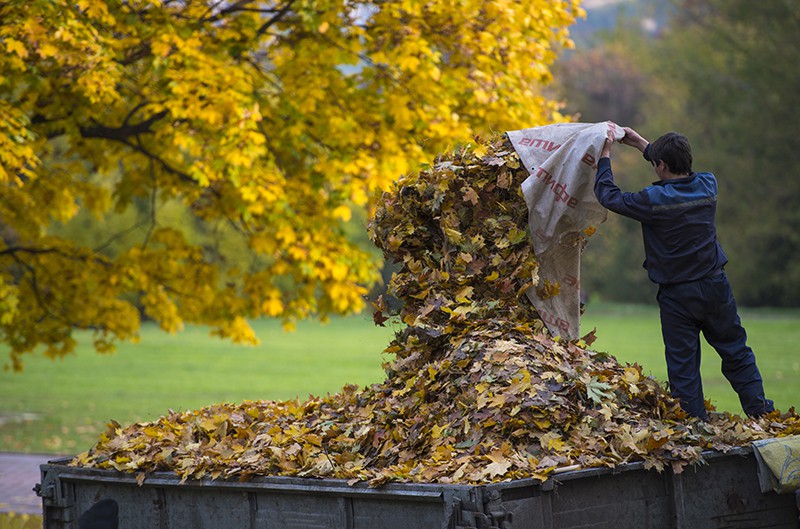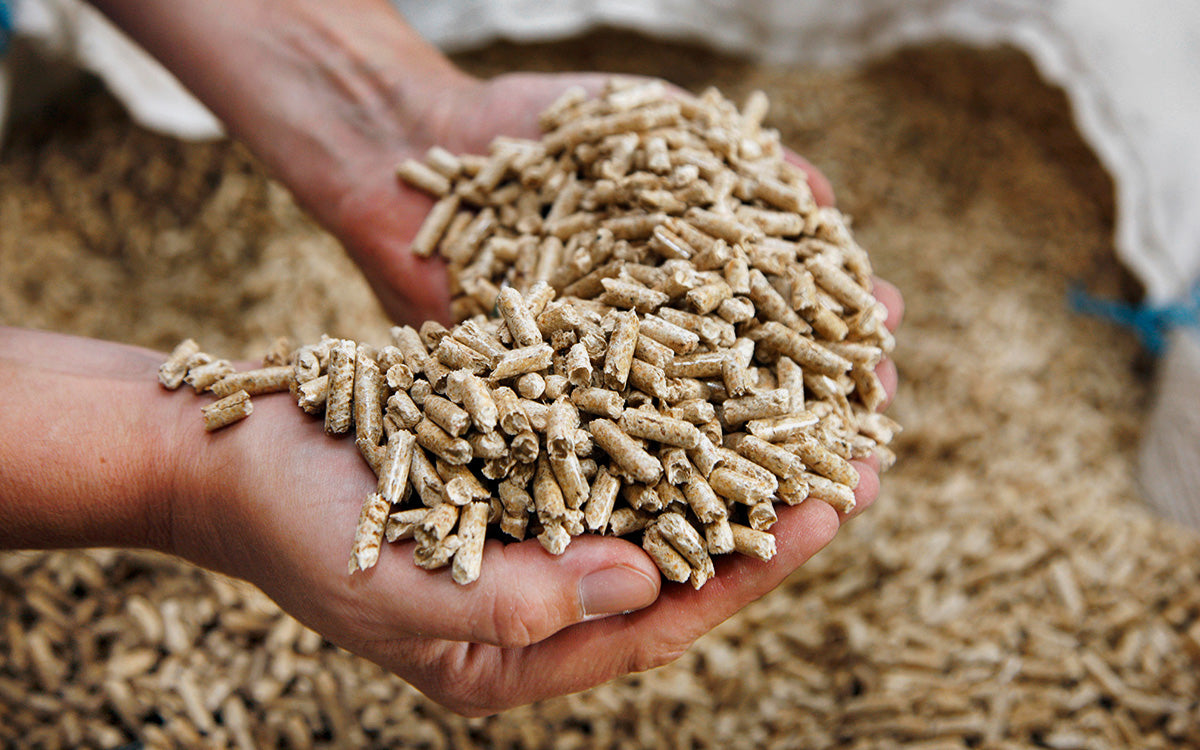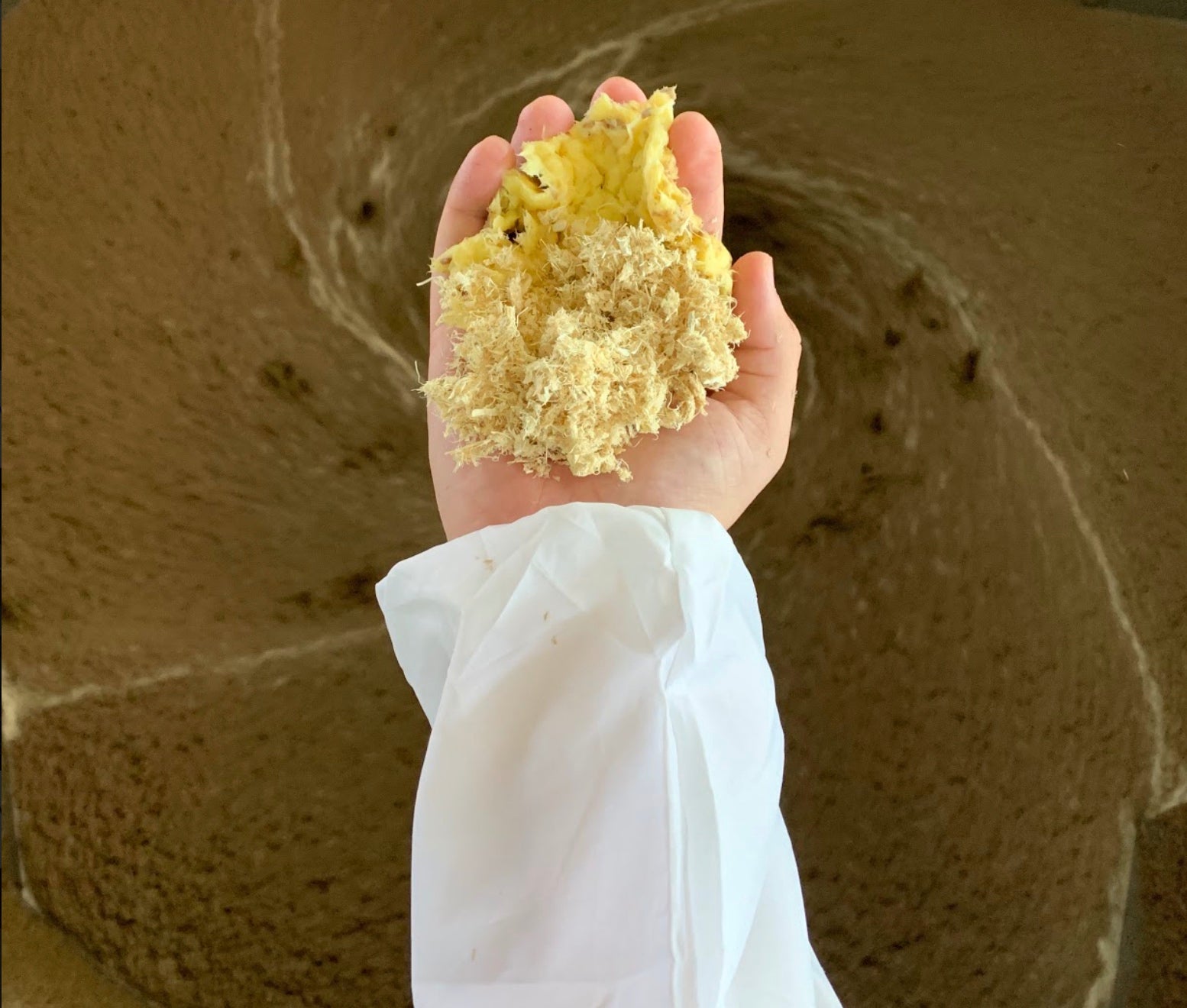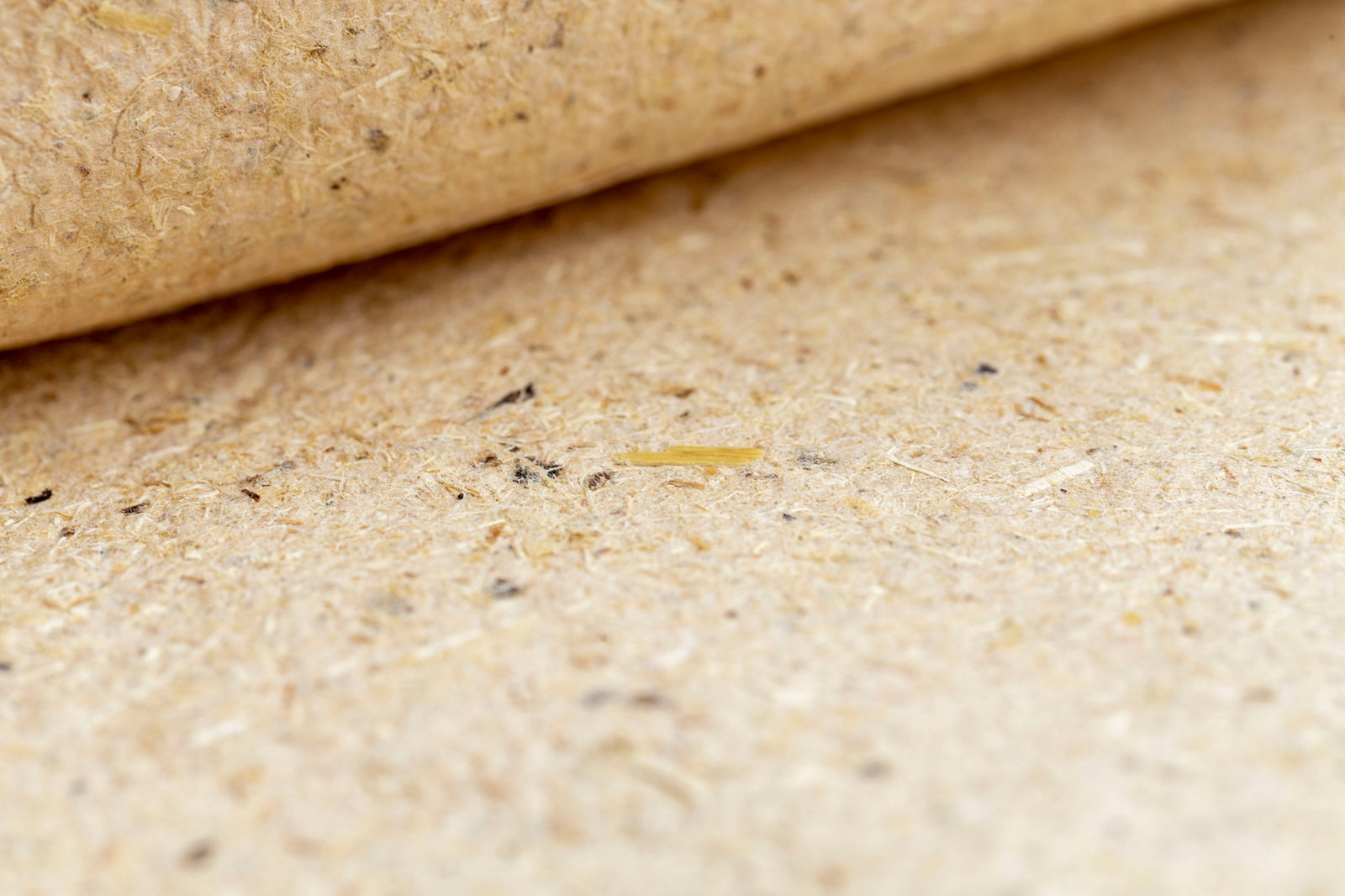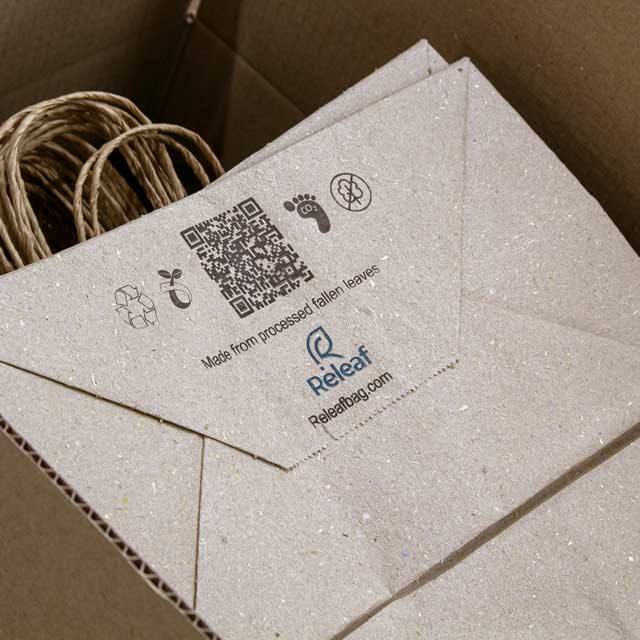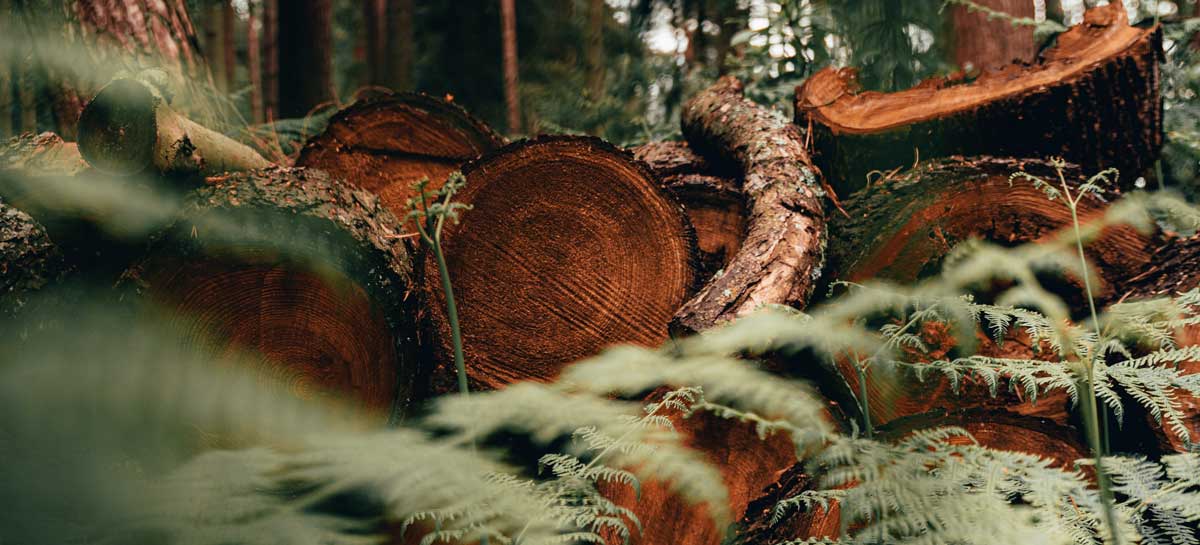
Why leaves?
Leaves are considered ‘biological waste’ when they are found in cities. They need to be safely disposed of in order to keep streets clean and avoid releasing nitrogen into the air. Typically, they are burnt. But, this damages the atmosphere by releasing emissions of carbon monoxide and other harmful gasses into the air. Nature, animals, and people are all bound to suffer if we continue on with this practice.
Additionally, leaves are a source of cellulose which is what paper is made from. The current practices in making paper are killing the environment as deforestation runs rampant. Leaves are an affordable, raw material that are easily found and available all year round. The pulp of the leaves is a substitute for the wood cellulose typically found in paper. Leaves not only need to be disposed of properly, but by using them we are saving forests from being destroyed.
How it works
Leaves vs Wood
Raw Materials
Releaf paper is made from plant waste while regular paper requires tree felling
Degradation
Paper from leaves degrades in just 30 days while ordinary paper can take up to 270 days
Biosafety
No hazardous chemical compounds are used in the production of Releaf paper while plain paper contains sulfur and chlorine
CO2
Carbon dioxide emissions are 78% lower compared to traditional paper manufacturing.
FAQ
During the production of our material, carbon emissions are reduced, water consumption is lessened, and 2.3 tons of leaves per ton of paper is disposed of. Most importantly, not a single tree is cut down.
Absolutely. We use no hazardous chemicals in the making of our paper.
We produce bags of various sizes and paper sheets.





